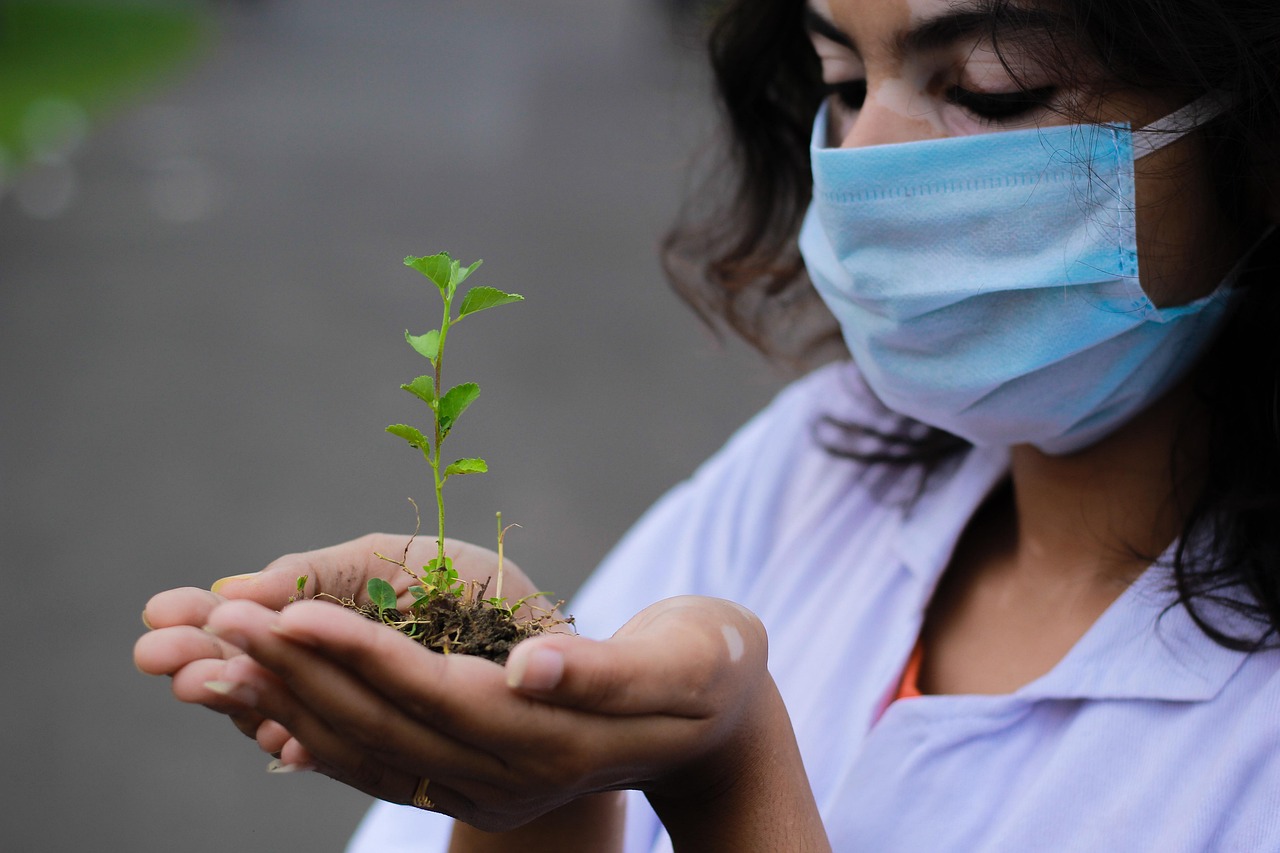Low-maintenance plant picks for busy urban dwellers
Busy city life often leaves little time for intensive plant care. This article highlights low-maintenance plant choices and practical strategies that suit apartments, balconies, and small yards, helping urban dwellers enjoy greenery with minimal watering, feeding, and upkeep.

Urban living can limit space and spare time, but thoughtful plant selection and simple routines make it possible to enjoy resilient greenery without a heavy upkeep load. This article outlines practical, low-maintenance plant picks and care approaches for interiors, balconies, and compact outdoor areas, focusing on drought-tolerant and pest-resilient options that align with sustainable habits and small-space landscaping.
Which plants work best for interiors and small balconies?
Choose plants that tolerate low light, irregular watering, and confined containers for interiors and small balconies. Examples include snake plant (Sansevieria), ZZ plant (Zamioculcas zamiifolia), pothos, and small succulents. These species can survive on minimal attention, handle fluctuating indoor temperatures, and often rebound from missed waterings. When selecting containers, prioritize pots with drainage and breathable potting mixes to reduce root rot risk. Rotate plants occasionally for even growth and dust leaves to maintain photosynthesis efficiency.
How can planting and landscaping be simplified for busy schedules?
Container gardening and modular planting beds streamline landscaping tasks. Use large containers that dry out more slowly and group plants with similar light and water needs together to simplify irrigation. Opt for multi-purpose substrate mixes that include compost and slow-release fertilizer to reduce feeding frequency. For outdoor areas, raised beds or self-watering planters minimize bending and daily care. Keep a simple seasonal checklist: prune spent growth quarterly, refresh topsoil yearly, and inspect for major issues monthly to avoid small problems becoming time-consuming maintenance.
What irrigation and water-wise strategies help reduce effort?
Efficient irrigation is key for low-maintenance plant care. Self-watering pots, capillary mats, and drip irrigation systems deliver consistent moisture with minimal intervention. Mulch containers and beds to slow evaporation and moderate soil temperature. For city dwellers with limited access to mains irrigation, consider reservoir-based planters that provide weeks of water before refilling. Match plant choices to available water: xeriscaping principles favor drought-tolerant species and reduce the need for frequent watering.
How do sustainability, xeriscaping, and native plants fit into low-maintenance choices?
Sustainable planting reduces resource use and maintenance time. Xeriscaping emphasizes drought-tolerant plants, efficient soil amendments, and minimal turf or high-water species. Choosing native plants supports local ecosystems and typically requires less intervention once established, as these species are adapted to regional climate and soils. Combine native selections with hardy non-natives that have proven low-maintenance records, and use compost and mulch to improve soil health and reduce the need for chemical inputs.
How can plants support pollinators while staying low-maintenance?
Select compact flowering natives and perennials that offer nectar and pollen without demanding frequent care, such as small lavender, catmint, and many native salvias. Group flowering plants in sunny containers or beds to create focused pollinator resources and reduce scattered maintenance. Avoid over-pruning during peak bloom, and allow some seed heads to persist for birds and insects. Use pesticide-free approaches and practice targeted, minimal pest control to keep pollinator habitats safe.
What practical tips cover pest control, composting, mulch, storage and DIY care?
Integrated pest control for busy households relies on monitoring and simple remedies: hand-pick caterpillars, remove affected leaves, and use insecticidal soap only when necessary. Composting kitchen scraps in a small tumbler or worm bin produces nutrient-rich material for potting mixes and reduces fertilizer needs. Apply mulch in outdoor containers and beds to retain moisture and suppress weeds. For storage, keep basic tools (pruners, a trowel, gloves) in a compact bin near planting areas and prepare a simple DIY care routine: weekly visual checks, monthly feeding for heavy feeders, and seasonal soil refreshes. Outdoor lighting can be solar-powered to highlight plants without adding wiring complexity.
Conclusion Low-maintenance plant choices combined with efficient irrigation, sensible container and soil choices, and modest seasonal routines let busy urban residents enjoy greenery without intensive effort. Prioritizing drought-tolerant and native species, pairing plants with appropriate containers, and using simple pest and composting practices create resilient, sustainable plantings that enhance interiors and small outdoor spaces while fitting into tight schedules.





